
When emails don’t send, websites won’t load, or videos stutter, people are first to point their finger at their Internet provider. If a lengthy call to tech support doesn’t fix things, their poor computer catches the blame next. But in many cases, their wireless router may have been the offending device all along.
The best way to fix your ailing wi-fi is to learn the basics of how wireless Internet works, then apply those lessons to your personal setup. But if you’re using an older router, it might be time for an upgrade.
If that’s the case, begin by asking yourself why you need to improve your home’s wireless data speed to begin with. Here are five common scenarios facing Internet users today, and the best router to use in those situations:
1. You Want To Get The Most Out Of Your Data
With Internet speeds being as important as they are, it’s surprising that most wi-fi routers are just dumb antennae. The ASUS RT-AC68U is not most Wi-Fi routers.
The $249 device throws 2.4Ghz and 5Ghz signals through four antennae—enough to cover 5,000 square feet. The 5GHz stream is buttressed by an internal 1.0Ghz dual-core processor that can pump up the output an additional 50%. It’s also able to tell good data from bad, with malware-blocking features, infected device detection, and keyword and URL filters to keep naughty sites off the kids’ computer.
2. You Need Streaming Video To Flow Faster
Touting itself as the fastest home router with speeds up to 5.3Gbps, the Netgear Nighthawk X8 is a tri-band router (which means it has a 2.4Ghz signal and two separate 5Ghz bands) coming off four antennas to throw an amazing amount of data around. And those streams are in addition to the 6 gigabit ethernet LAN ports off the backside.
That means whether you want to stream video to a Chromecast on the second floor or hardwire into a PlayStation 4 in the basement home theater, this $399 router has you covered. The box can also look at the devices on your network and prioritize bandwidth to the ones that need it most. So, if you’re playing an massively multiplayer online game, you don’t have to worry about getting crushed by an operating system upgrade. (But you’re still not safe from hammer-wielding orcs.)
Top 10 Tech Product Designs of 2014
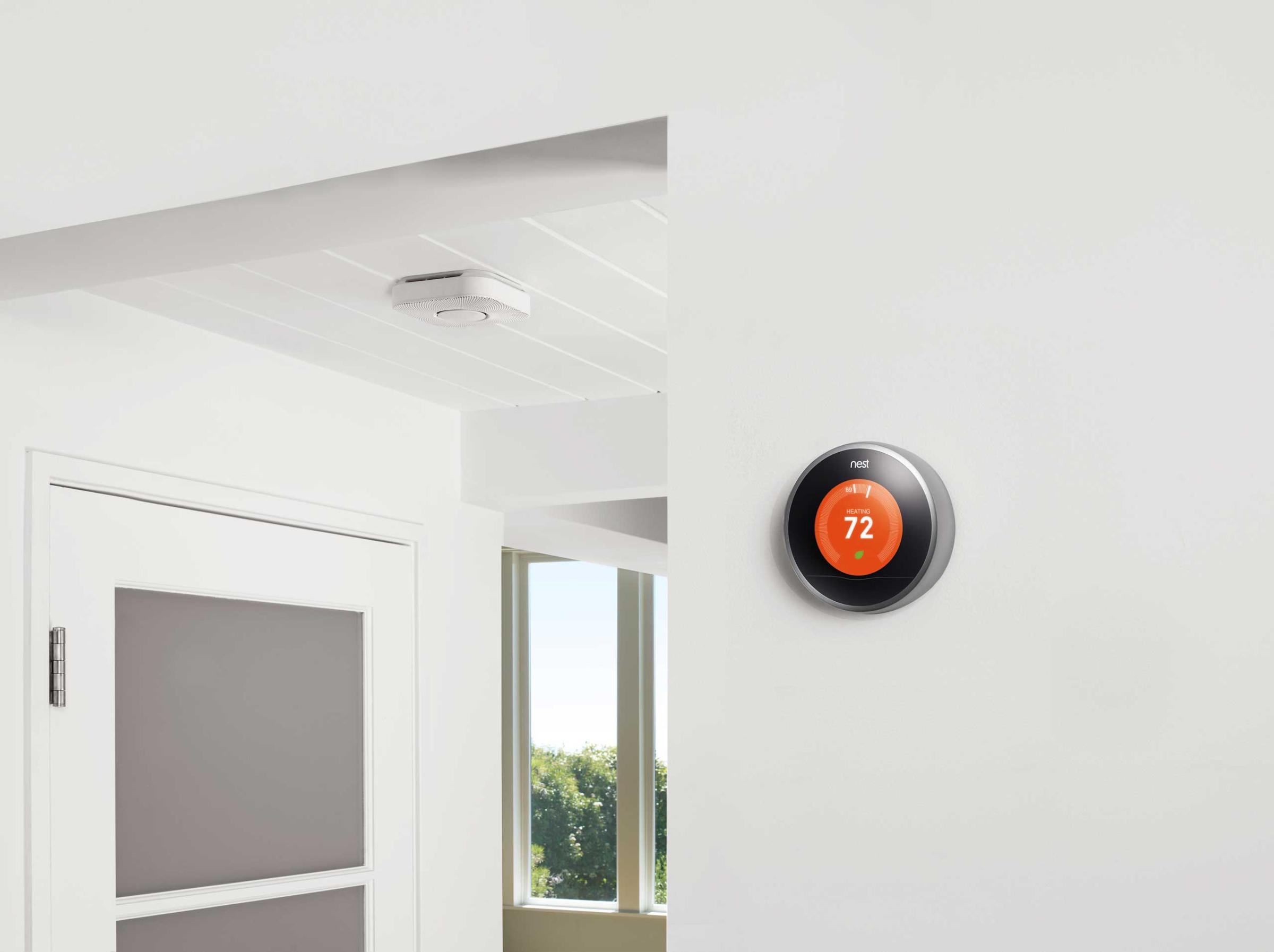
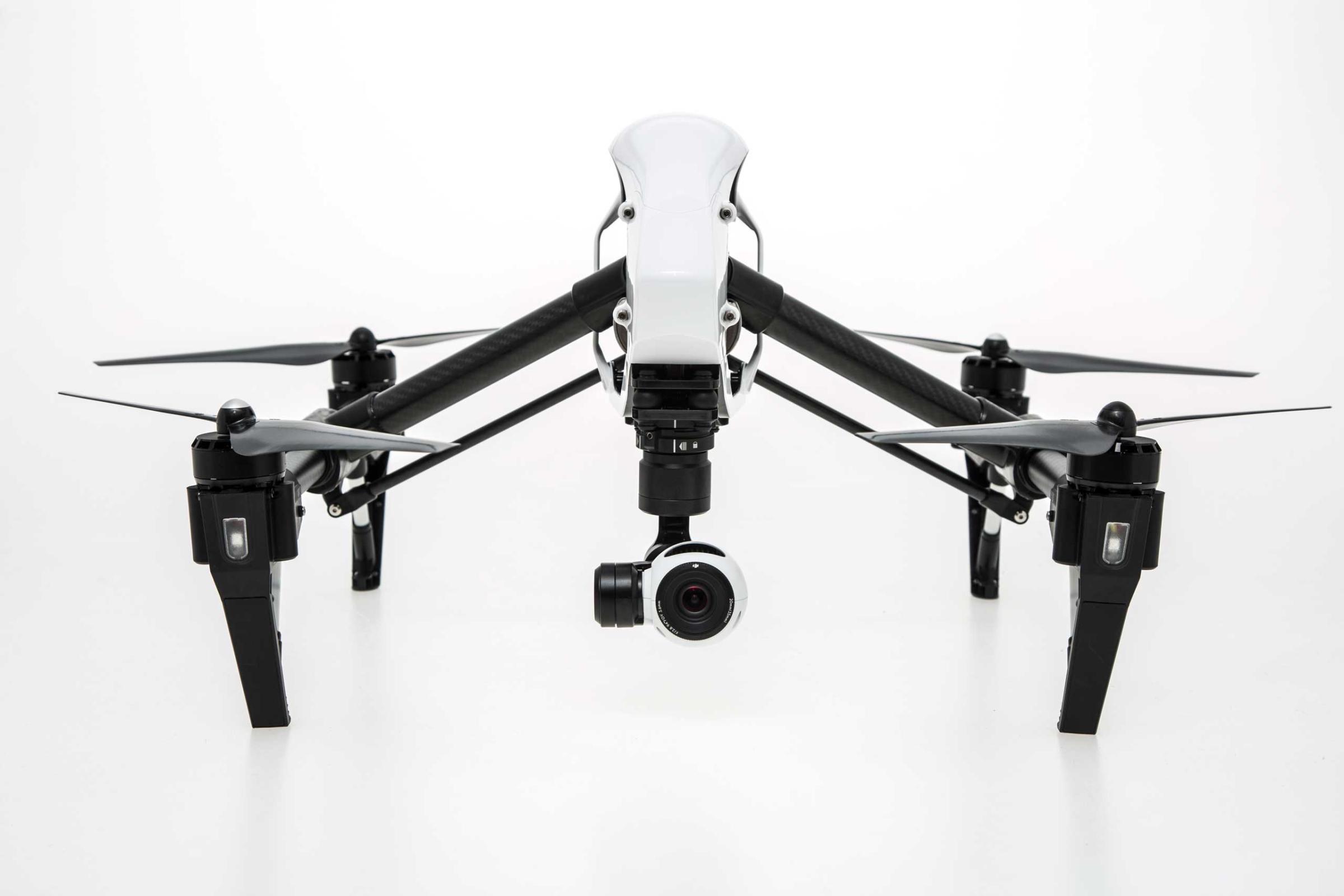

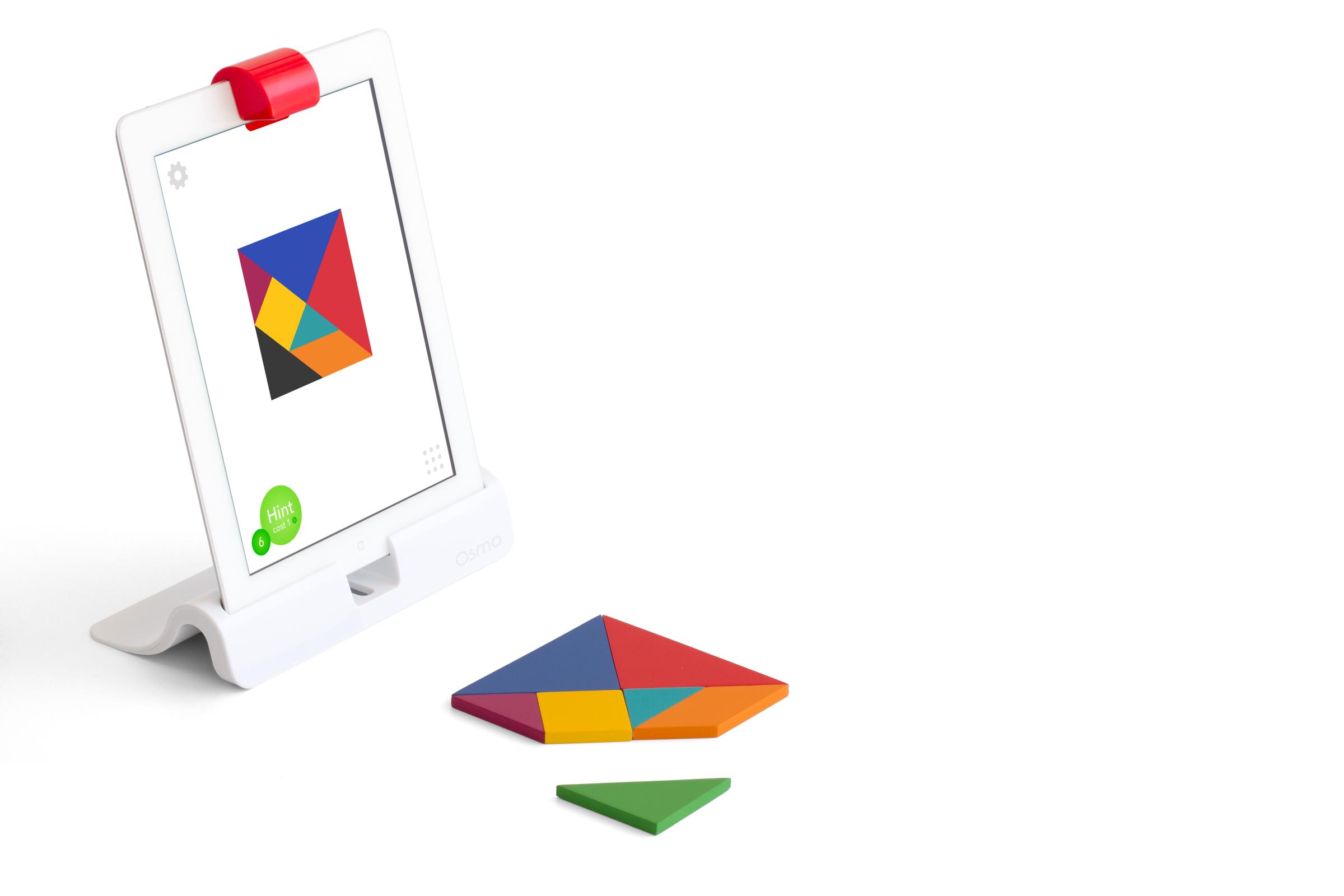


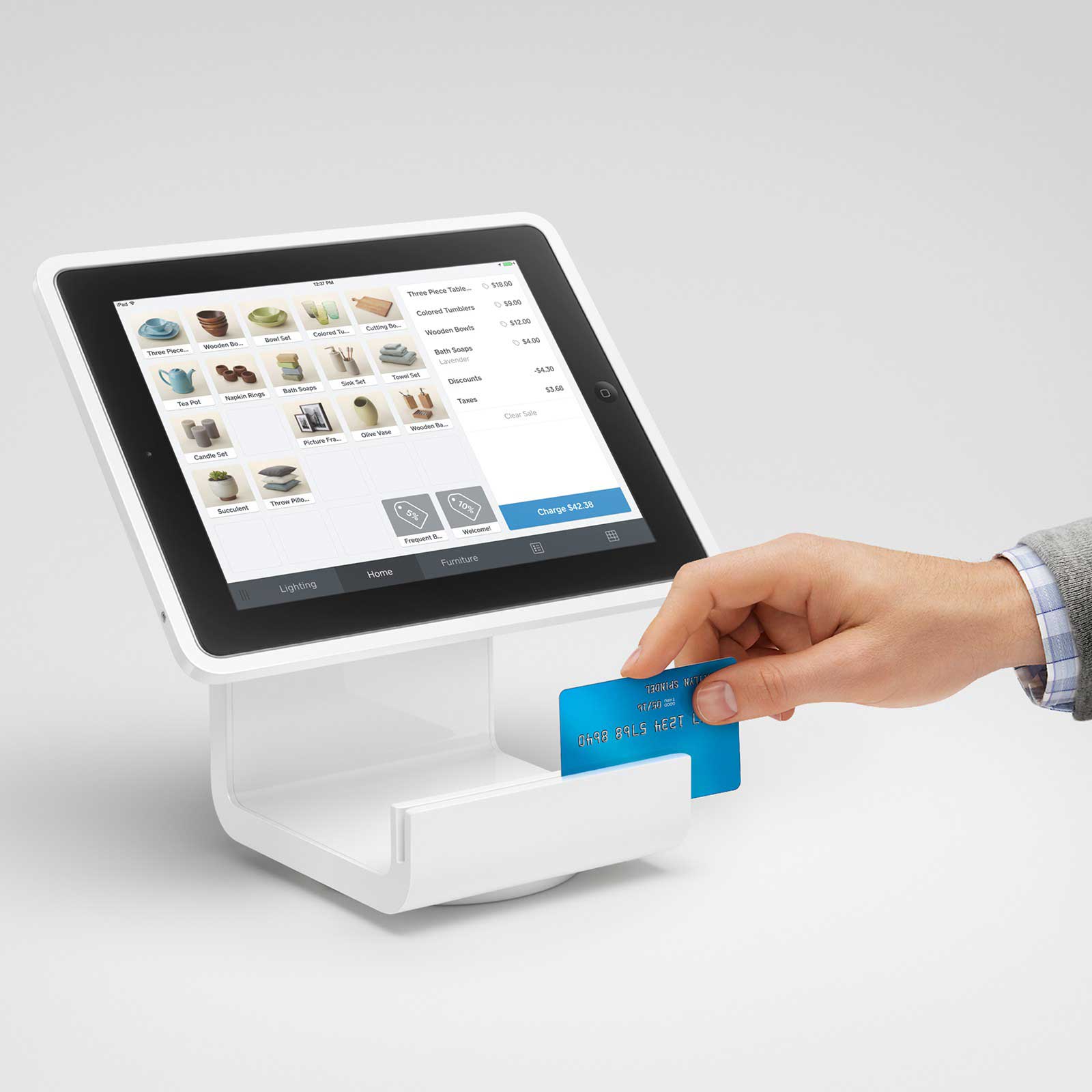

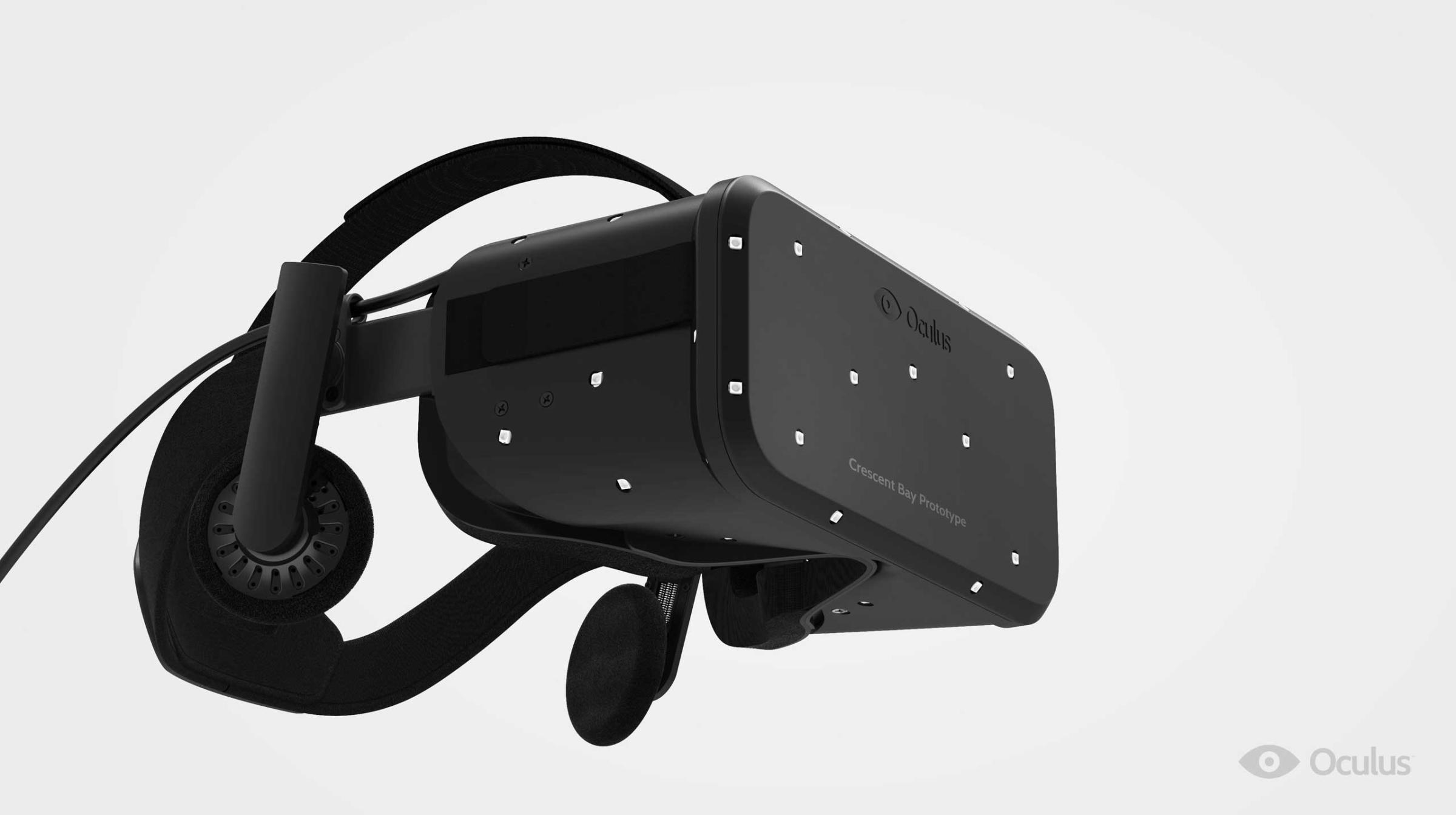

3. You Want More Signal For Less Money
Getting top marks from a range of tech pundits, the TP-Link Archer C7 may not be the newest piece of hardware on the market, but it’s one of the less expensive performers — just $95 on Amazon. In return for that price, web surfers get a solid, consistent 802.11 ac signal. The Archer’s key strength is its powerful antennae, which beam both 2.4 GHz and 5GHz signals throughout homes.
And in addition to a pair of USB 2.0 ports (good for a connected drive and a printer), the hub has four gigabit ethernet ports, which means other devices — like streaming video boxes or gaming systems — can be hardwired to it without losing Internet performance. These are all top-notch specs, available at a much lower price than other router manufacturers charge. The Wirecutter perhaps put it best: “For most people, the Archer C7 is good enough for everything you’re going to use it for.”
4. Your Home Is Becoming Smarter
Smart thermostats, web security cameras, connected lightbulbs — in the past few years, devices like these have been pouring into our households. And while they don’t necessarily use a lot of bandwidth, they can still clog up the radio waves around your home.
The new, fashion-forward Google OnHub, designed to live up on a bookshelf, not stuffed in a cabinet, is more than just a looker. The dual band, 802.11ac router has Bluetooth 4.0 and is compatible with Google’s Thread platform, which is designed to connect everything from your web-enabled door locks to your smart smoke detectors. At $199, it’s a fair price for a piece of forward-looking technology, but one downside is that it only has one LAN port, which means you won’t be able to hardwire many peripherals to it without some tinkering.
5. You’ve Leaped From an iPhone to iEverything
Apple devices can connect to any kind of wi-fi — it’s a little known fact that the company was even among the first to roll out wireless Internet on its computers. But everyone knows that Apple likes to keep its computing ecosystem as tightly sealed as possible, so it should come as no surprise that the company also has its own wireless routers.
The $199 Apple AirPort Extreme is one of the more expensive Apple routers, but its additional features are well worth the money. For instance, the dual band 802.11ac device is integrated into both the Mac and iOS operating systems, making them easy to set up and maintain, even with just an iPhone or iPad. By connecting a USB hard drive to the AirPort, the router can backup your computer using a Mac’s Time Machine feature, an online life-saver if there ever was one. That drive can also double as network storage, allowing you to keep files from clogging up super svelte Macbook Airs.
Read next: How to Save Money On Your Internet Bill
More Must-Reads from TIME
- Donald Trump Is TIME's 2024 Person of the Year
- Why We Chose Trump as Person of the Year
- Is Intermittent Fasting Good or Bad for You?
- The 100 Must-Read Books of 2024
- The 20 Best Christmas TV Episodes
- Column: If Optimism Feels Ridiculous Now, Try Hope
- The Future of Climate Action Is Trade Policy
- Merle Bombardieri Is Helping People Make the Baby Decision
Contact us at letters@time.com